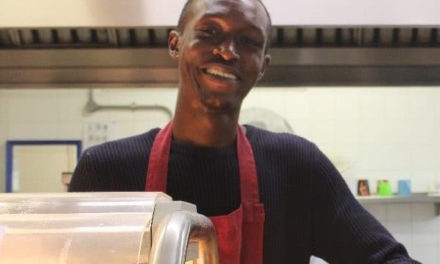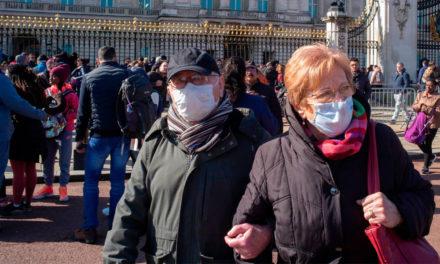Only a few months ago, global travel was at a peak. More than ever, people were flying and connecting with cultures across the world than any other point in history. However, that all came to a grounding halt as the novel coronavirus, known as COVID-19, began invading countries across the globe. With most airlines currently out of regular operation and other travel restrictions and bans implemented in most continents, the future of the travel industry will, most likely, never be the same again – especially without a vaccine in place.
Here are a few ways the industry will have to adapt in a post-COVID-19 world:
Airport Experience
Going through security and other tedious airport essentials is already the least exciting part of travelling. However, you can expect the process to become even longer with more necessary checks. Health checks, in particular, will be the new norm when travelling, with many possibly having to show proof of immunisation similar to the yellow fever certificate. Some countries in Asia already have a system like this in place where temperatures of travellers are checked, experts believe this could be rolled out globally in the future.
There will also be an emphasis on cleanliness. Technology will undoubtedly be utilised to make this process more efficient. In Hong Kong, a new disinfectant device that can sanitise travellers within 40 seconds is being tested. Similarly, an autonomous robot that can quite literally zap microbes using ultraviolet light could be the norm for Hong Kong International Airport.
Destination Choices
We all want to get back to normalcy. Many of us have had our holidays cancelled and understandably, we want to rebook as soon as possible. However, do not underestimate the psychological damage COVID-19 has triggered. Many people won’t feel comfortable in over-crowded spaces for a long time. Travellers may initially choose domestic over international travel for comfort and safety. This might mean an emergence in road trips and visiting national parks.
There will also be the economic impact to think of, many people have been affected by the outbreak and may have even lost their jobs or livelihoods. This could make it harder for eager travellers to go as far as they would have liked to, therefore opting for something closer and cheaper.
Cabins
We’re all tired of hearing about social distancing, but don’t expect all those rules to disappear once we can travel again. No doubt, social distancing will remain a key method employed in over-crowded places for the foreseeable future. For airplane cabins, a design revamp might be required to maximise social distancing rules. An Italian design firm, Aviointeriors, which specialises in aircraft cabin designs has proposed two new designs that could potentially work without losing seating capacity.
Many other airlines have floated the idea of getting rid of the dreaded middle seat, or at least keeping them empty for some time post-COVID-19. Budget airline EasyJet has already made plans to keep the middle aisle empty.
Sanitation procedures will be even more obvious on airplanes, and it’ll most likely be quite normal to see the cabin crew decked out in full protective gear. In fact, Korean Airlines announced that their cabin crew will wear protective clothing including gowns, gloves, masks and goggles.
Passport Strength
As some countries begin to lift travel restrictions earlier than others, there will be increased scrutiny of those travelling from countries that had a high number of confirmed cases and deaths. There could even be an entry ban for individuals coming from certain countries, although that may not be the case.
Owning an American or British passport has been largely seen as privilege, however, as the US and the UK come under fire for its response to the outbreak and its enormous death rate, some countries might be reluctant to let travellers enter.
Jessica Nabongo, the founder of travel company Jet Black, told Vox, “And I think that Europeans and Americans, for the first time, are going to feel what it’s like to have an undesirable passport — for a while, some countries, even if they do open up, may not allow the entry of American citizens or European citizens.”
- This Artist is Making the Underwater Arena His Canvas - 28th April 2021
- A Video Game that Promotes Peace and Conflict Resolution - 15th March 2021
- Netflix’s ‘Living Undocumented’ is a Difficult Series to Watch, and Exactly Why We Should - 9th March 2021






